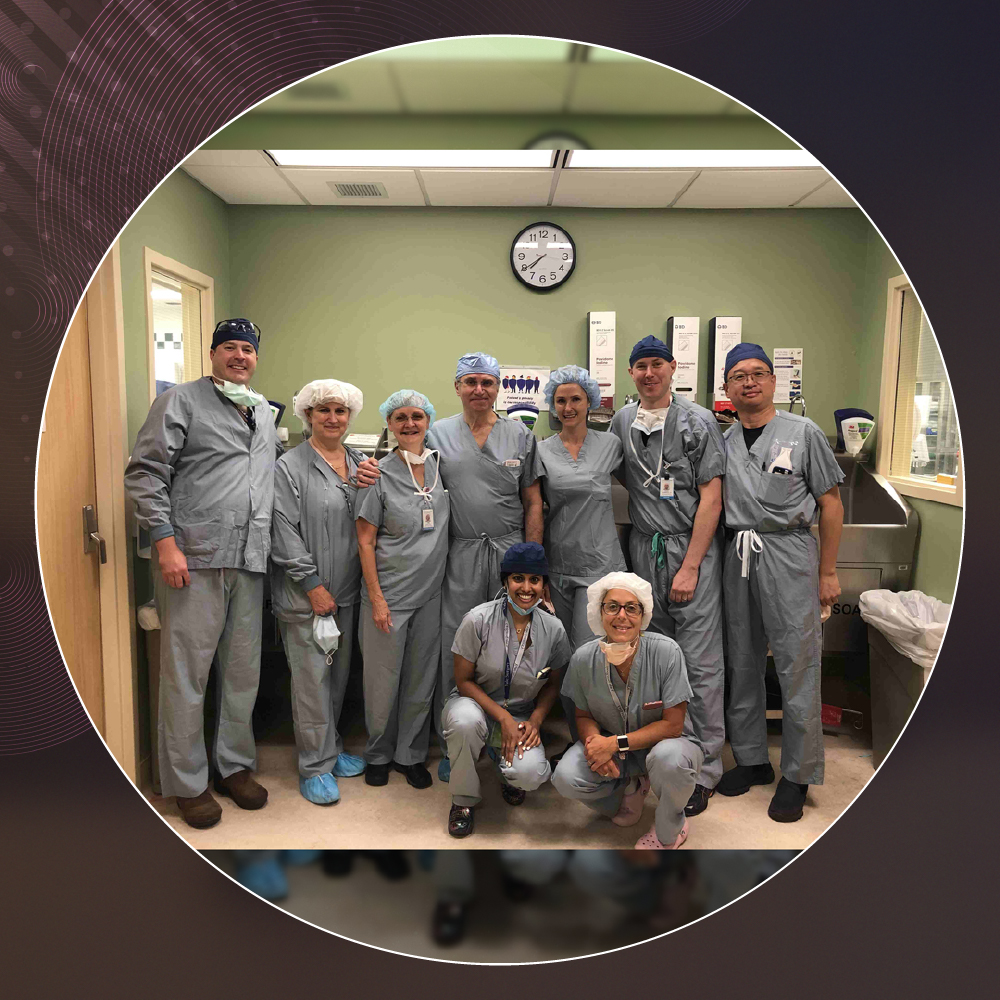
Cardiovascular engineering and medicine represent the intersection of biomedical innovation and clinical care, working together to address the complex challenges of heart health. This multidisciplinary field combines engineering principles, advanced technology, and medical expertise to develop innovative solutions for diagnosing, treating, and preventing cardiovascular diseases. As heart disease remains a leading cause of mortality worldwide, the collaboration between engineering and medicine continues to transform the landscape of cardiovascular care.
Innovations in Cardiovascular Diagnostics
The integration of engineering in cardiovascular medicine has led to groundbreaking advancements in diagnostics. While effective, traditional diagnostic methods often lack modern technology’s precision and early detection capabilities. Cardiovascular engineers have developed tools like wearable devices, advanced imaging systems, and computational modeling to enhance the accuracy and timeliness of diagnosis.
Wearable devices such as smartwatches and fitness trackers with heart rate monitors and electrocardiogram (ECG) capabilities enable continuous cardiac activity monitoring. These devices provide real-time data that can detect irregular heart rhythms, such as atrial fibrillation, at an early stage. Additionally, advancements in imaging technologies, including cardiac MRI and 3D echocardiography, offer detailed views of the heart’s structure and function, aiding in precise diagnosis and treatment planning.
Computational modeling is another significant innovation in diagnostics. Engineers can create virtual models of patients’ cardiovascular systems by simulating blood flow and heart mechanics. These models help physicians predict disease progression and evaluate treatment options, leading to more personalized and effective care.
Advancements in Cardiovascular Devices
Cardiovascular engineering has also revolutionized the development of medical devices, providing innovative solutions for treating heart conditions. Devices such as pacemakers, implantable cardioverter defibrillators (ICDs), and ventricular assist devices (VADs) have become standard treatments for patients with arrhythmias, heart failure, and other cardiac conditions.
The evolution of stents and heart valves exemplifies the impact of engineering on cardiovascular medicine. Drug-eluting stents, for instance, are designed to release medication gradually, preventing the recurrence of artery blockages. Transcatheter aortic valve replacement (TAVR), a minimally invasive procedure, allows for implanting heart valves without open-heart surgery, reducing recovery times and improving patient outcomes.
Additionally, engineers are exploring nanotechnology to deliver targeted therapies to the cardiovascular system. Nanoparticles can be engineered to deliver drugs directly to diseased tissues, minimizing side effects and enhancing treatment efficacy. These advancements underscore the potential of engineering to address even the most complex cardiovascular challenges.
Regenerative Medicine and Tissue Engineering
Regenerative medicine and tissue engineering are emerging areas where cardiovascular engineering is making significant strides. These fields aim to repair or replace damaged heart tissues using biological and synthetic materials. Stem cell therapy, for example, involves using stem cells to regenerate cardiac tissue, offering hope for patients with heart failure or myocardial infarction.
Tissue-engineered heart patches are another promising innovation. These patches, created from a combination of living cells and biomaterials, can be applied to damaged areas of the heart to promote healing and restore function. Researchers are also developing bioengineered heart valves and blood vessels that can grow and adapt within the patient’s body, reducing the need for replacements over time.
The integration of 3D printing technology has further accelerated advancements in tissue engineering. By creating patient-specific models, 3D printing allows for the precise fabrication of cardiovascular structures, enabling personalized treatments and improving surgical outcomes.
The Role of Artificial Intelligence in Cardiovascular Medicine
Artificial intelligence (AI) is increasingly essential in cardiovascular engineering and medicine. By analyzing vast amounts of data, AI algorithms can identify patterns and predict outcomes, supporting physicians in making informed decisions.
AI-powered diagnostic tools can detect subtle abnormalities in medical imaging that may be missed by the human eye. For example, machine learning algorithms can analyze ECG data to identify early signs of heart disease, enabling timely intervention. Researchers and clinicians use AI to develop predictive models for assessing a patient’s risk of cardiovascular events, such as heart attacks or strokes, based on their medical history and lifestyle factors.
In addition to diagnostics, AI is transforming treatment planning. Algorithms can optimize surgical procedures, identify the most effective therapies, and even simulate the outcomes of different treatment options. This technology enhances precision and efficiency, ultimately improving patient care and outcomes.
Challenges and Future Directions
Despite its many advancements, cardiovascular engineering and medicine face challenges. Critical issues include developing cost-effective technologies, ensuring accessibility, and addressing ethical concerns related to data privacy and AI use.
Collaborative efforts between engineers, physicians, and researchers are essential for overcoming these challenges. As the field continues to evolve, integrating engineering innovations into everyday clinical practice will require interdisciplinary training and education for healthcare professionals.
Looking ahead, the future of cardiovascular engineering and medicine is promising. Ongoing research in areas such as gene editing, bioelectronics, and innovative materials holds the potential to unlock new frontiers in heart health. The field is poised to make even more significant strides in preventing, diagnosing, and treating cardiovascular diseases by harnessing the power of engineering and medicine.
Cardiovascular engineering and medicine represent a transformative partnership that is revolutionizing heart health. Integrating engineering and medical expertise is driving significant progress in the fight against cardiovascular disease, from advanced diagnostics and innovative devices to regenerative therapies and AI applications. While challenges remain, this field’s collaborative spirit and commitment to innovation promise a brighter and healthier future for patients worldwide.